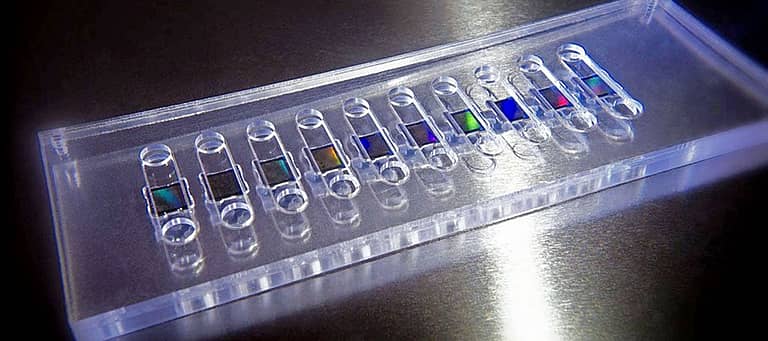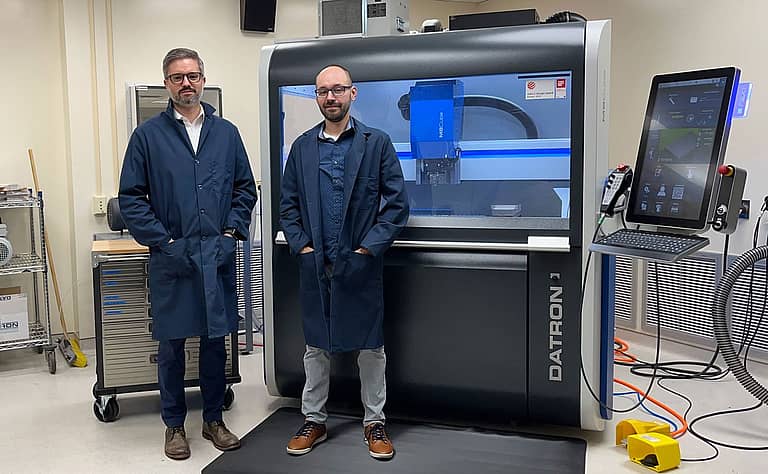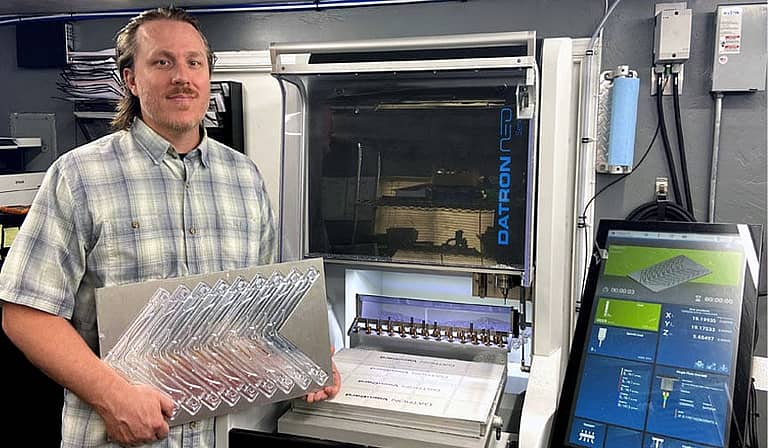Smart CNC Milling Advances Scientific Research at University of Oregon
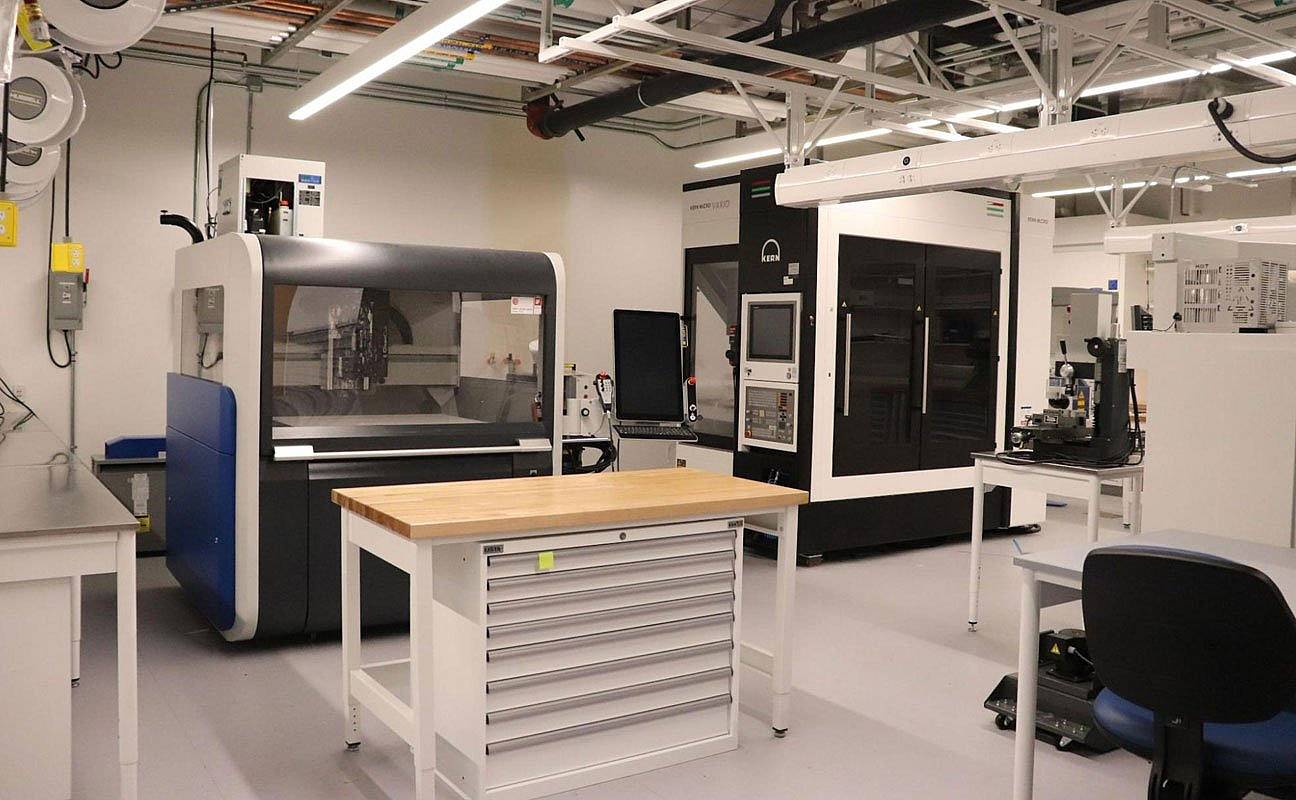
Evolution of the University of Oregon’s Machine Shop
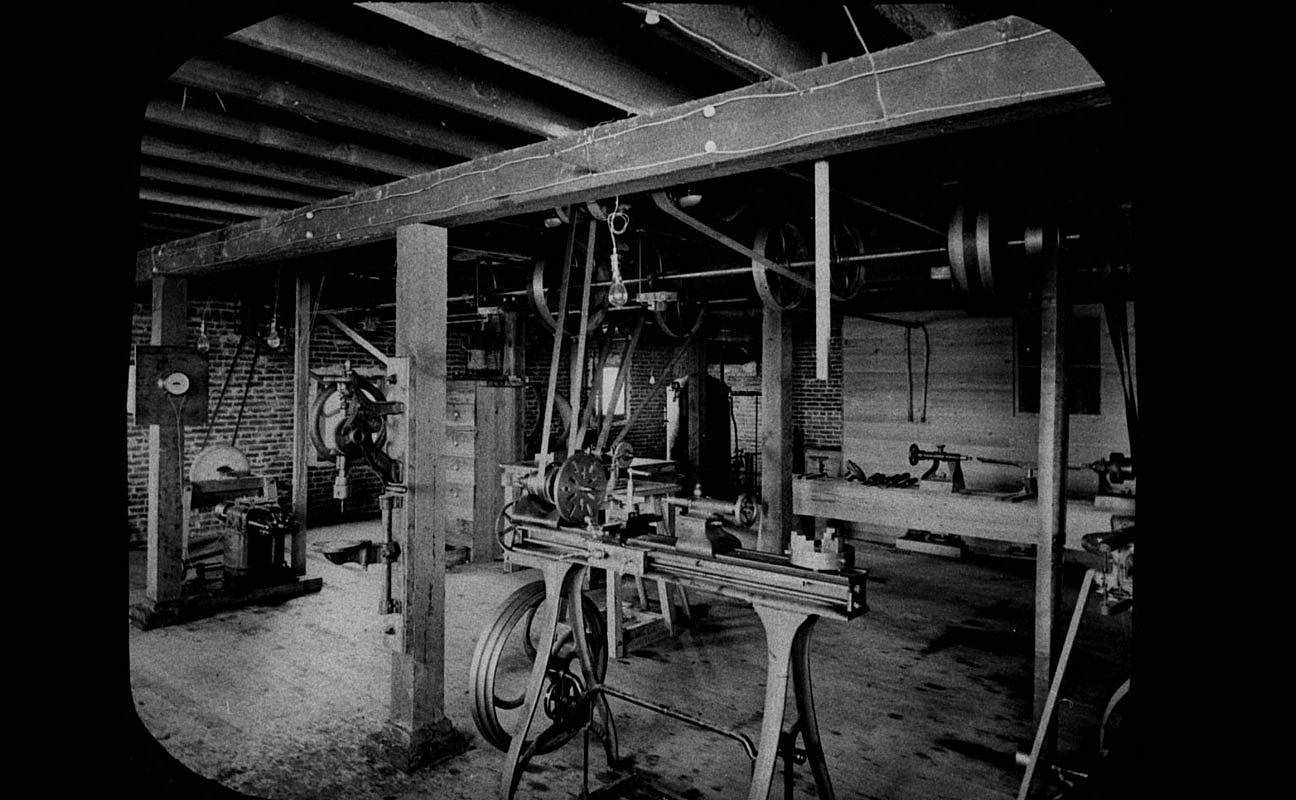
Machining has been a focus for the University of Oregon (UO) since its founding in 1876. The campus started with a research machine shop which received its first major upgrade in 1951, adding surplus wartime machines and new lathes and mills. The shop evolved into the Technical Sciences Administration (TSA), one of the UO’s Research Core Facilities, and in 2020, a massive upgrade was in the works. The Phil and Penny Knight Campus for Accelerating Scientific Impact opened up with the goal of fast-tracking scientific discoveries into innovations and brought forth the means to expand the TSA’s space and capabilities.
The Knight Campus embodies a new paradigm for pioneering scientific inquiry that dramatically reduces the time it takes for discoveries to enter the market, where they can improve lives with new procedures, medical devices, and treatments. The TSA is a key contributor to the Knight Campus’ mission of science advancing society and its team-based, interactive approach to research.
So, what does the Technical Sciences Administration do? Its primary role is to design, fabricate, modify, and repair equipment for scientific research labs on campus. The TSA team also designs and fabricates parts and assemblies for other departments, like sculpture and architecture. The labs are open to all students and faculty for experimental learning, and it staffs student workers so they can learn on the job. Its services go beyond the campus to companies involved with aerospace applications, battery production, art production, integrated circuit production, and scientific instrumentation.
The TSA’s new expansion included a state-of-the-art Fabrication Lab and 3D Printing Lab. The fab lab is now outfitted with two DATRON milling machines, a 5-axis KERN milling machine, a GF+ Cut1000 EDM (Electrical Discharge Machining), a Coherent fiber laser, an Alpha laser welder, and a Haas CNC lathe. The 3D printing lab has polymer, nylon, carbon-fiber-filled, and metal 3D printers. The fab lab has kept its machining history alive by maintaining tools from the 1951 shop. The lab recently donated the last remaining power tool from UO’s first shop, a 1908 Imperial Shaper.
Research Demand Required A CNC Milling Machine
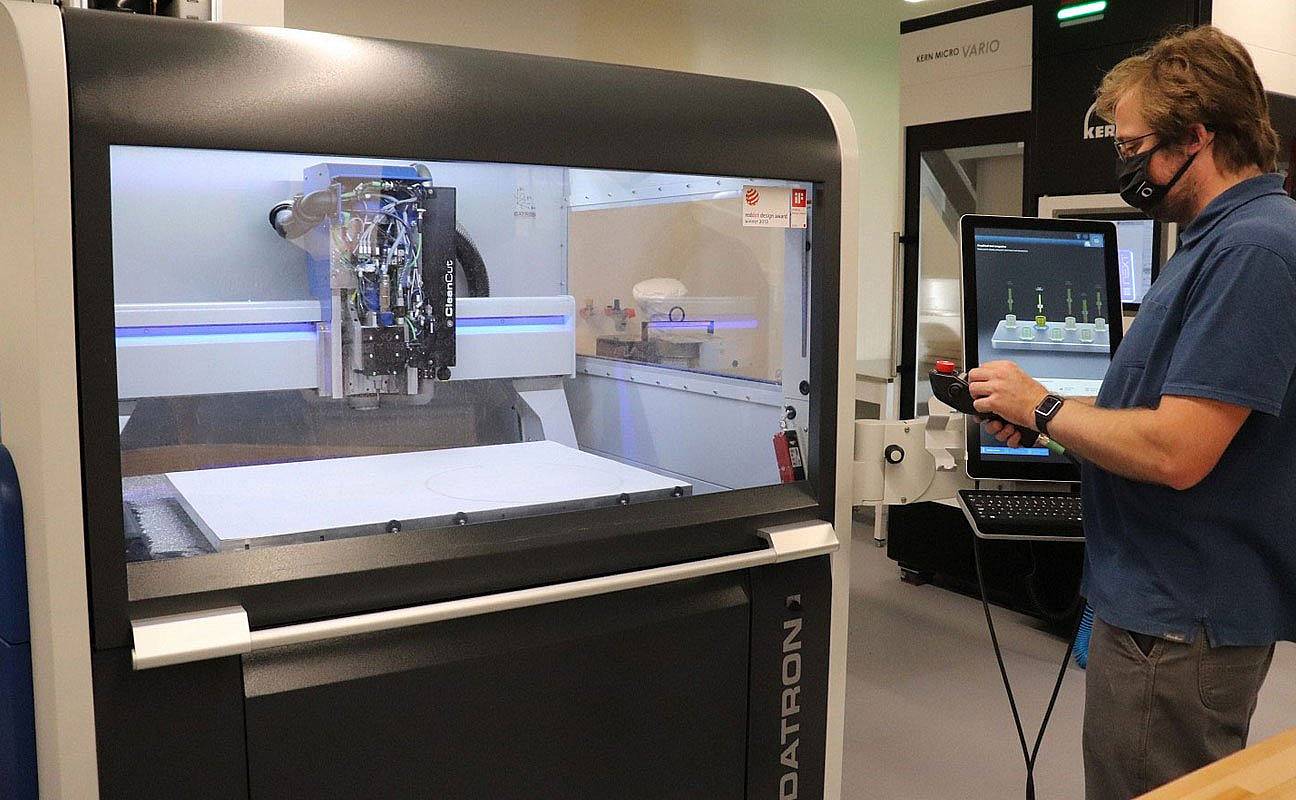
With the growth of the Knight Campus and the expansion of UO’s research enterprise, it became clear the fab lab needed to transition from mostly manual machining to a more efficient setup with CNC machines. And thanks to the generous $500 million lead gift from Penny and Phil Knight funding the Knight Campus in 2016 and a second $500 million gift in 2021, the lab could start the search for new equipment. The TSA team knew that with the right machine tool, they could be more effective with research projects. Since students and faculty would operate the equipment, ease of use was a top priority.
The TSA is the central prototyping center of the University of Oregon, and there are never fewer than five jobs in the works. Every day is different and presents new design and manufacturing challenges, which is why they need versatile technology. One day, the team could be machining oxygen-free copper for superconducting cryogenic research. Later that day, they could be machining gears and 3D scanning flowers for an art project reimagining a classic planetary orrery. The new equipment had to be adaptable to daily changing needs.
TSA’s Director, John Boosinger, first discovered DATRON machines at Autodesk University. He was intrigued by the DATRON neo design and decided the machines were worth a closer look. So, he attended the International Manufacturing Technology Show to visit the DATRON Dynamics’ booth and see the machines in action.
He liked that the useable milling area was very high relative to the footprint of both machines. And after operating the milling machines, he was impressed with every phase of the user experience.
“There is a learning curve for adjusting to high-speed CNC machining, from the viewpoint of a manual and CNC machinist who is used to high torque and lower spindle speed. That being said, the versatility of the M8Cube and neo makes completing prototype work in soft metals and plastics simple and swift. For the M8Cube, having a large format vacuum table makes placing, machining, and reorienting material a much easier task than the traditional vice holdings on standard machines. We have the capability of placing a pneumatic chuck, mechanical vice, 4th axis, and vacuum table in the neo, allowing us to switch between any of these workholdings with ease. The user interface is structured so that learning simple tasks on these machines can be done in a matter of minutes rather than hours of searching for buttons and inputting G-code.”
– Julian McAdams, Research Scientist and Technical Machinist
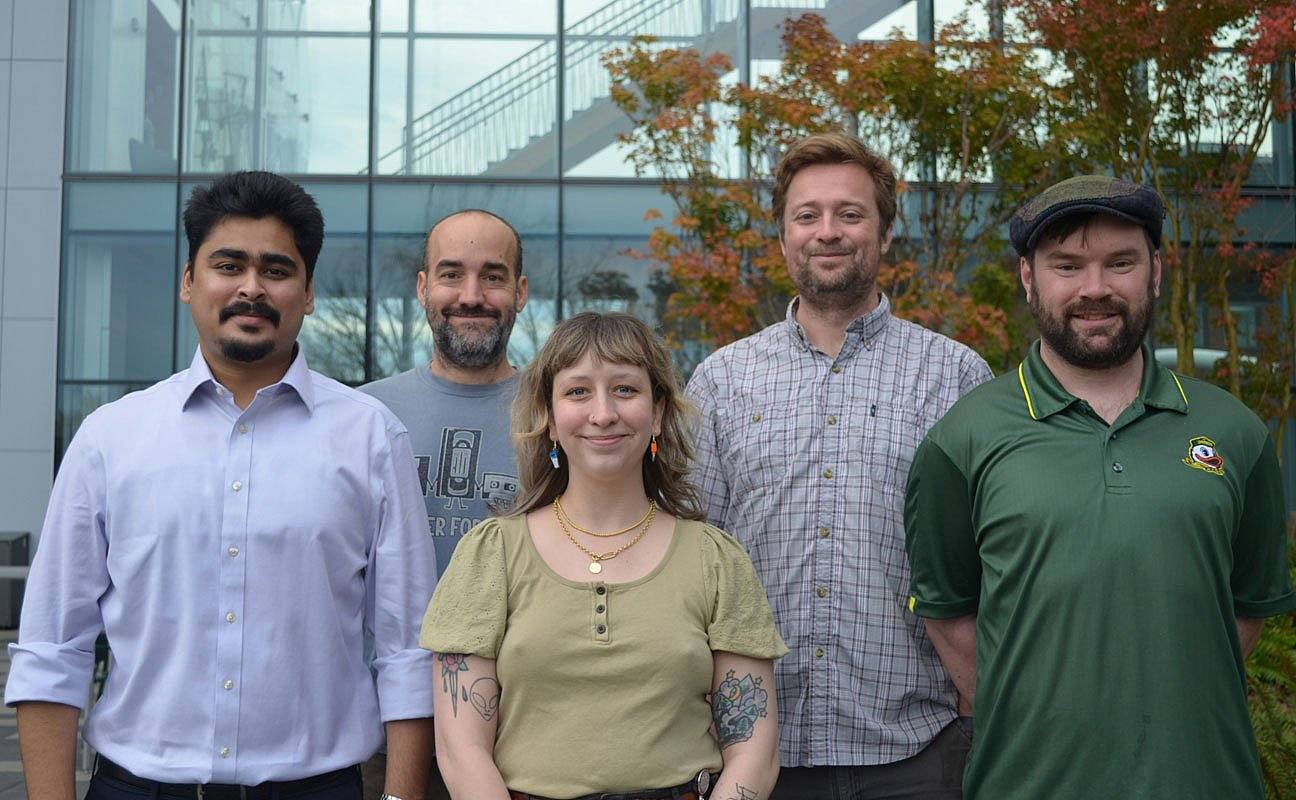
CNC Milling Made Accessible
The TSA’s Fab Lab Manager, Geordi Helmick, was used to the challenges of operating the shop’s old equipment, like its manual knee mills. That machinery was not designed with all human statures in mind. The lab staff agrees that the DATRON CNC machines are more accessible for everyone.
TSA enjoyed that the touchscreen interface and work area were designed in a way that was accessible to her shorter stature, as well as people with disabilities. The touchscreen control had a familiar visual language with clearly labeled actions. The design of the DATRON next control reduced the intimidation factor for anyone (especially young students) new to the world of machining. Even the vacuum table was an absolute game-changer for TSA. The team spends much less time strategizing how to hold down material, like large plates, thanks to the M8Cube’s huge work area and vacuum workholding.
“I have extreme appreciation for the ETOH misting system. It is the perfect lubricating choice for high-RPM machining. Maintaining and recycling oil-based coolants can be time-consuming and costly; recycling emulsion-based coolants can range from $2,000 to $4,000 per machine per year. Emulsion-based coolants have a higher viscosity than water and the systems that use them recirculate the coolant. Micron-size swarf gets sent back to the cutting zone making lubricating micro tools during HSM operations difficult if not impossible. Ethanol’s lower viscosity allows it to reach the cutting zone even when micro tools are spinning at 30,000+ RPM. It is an oil-free lubricant that is quick to evaporate, often eliminating the need for any post-part cleaning processes. ”
– Jeffrey Garman, Senior Research Machinist
The Right CNC Machine Tools Create a Better Process
The TSA’s first project was made on the neo and used a 4th-axis accessory to create a copper cryostat for a physics Ph.D. student. The Ph.D. student quickly learned how to program and run the 4th axis. The team was amazed by the finish of the parts. Everyone was impressed by how much more efficient it was to machine with the neo than using the Bridgeport manual mills.
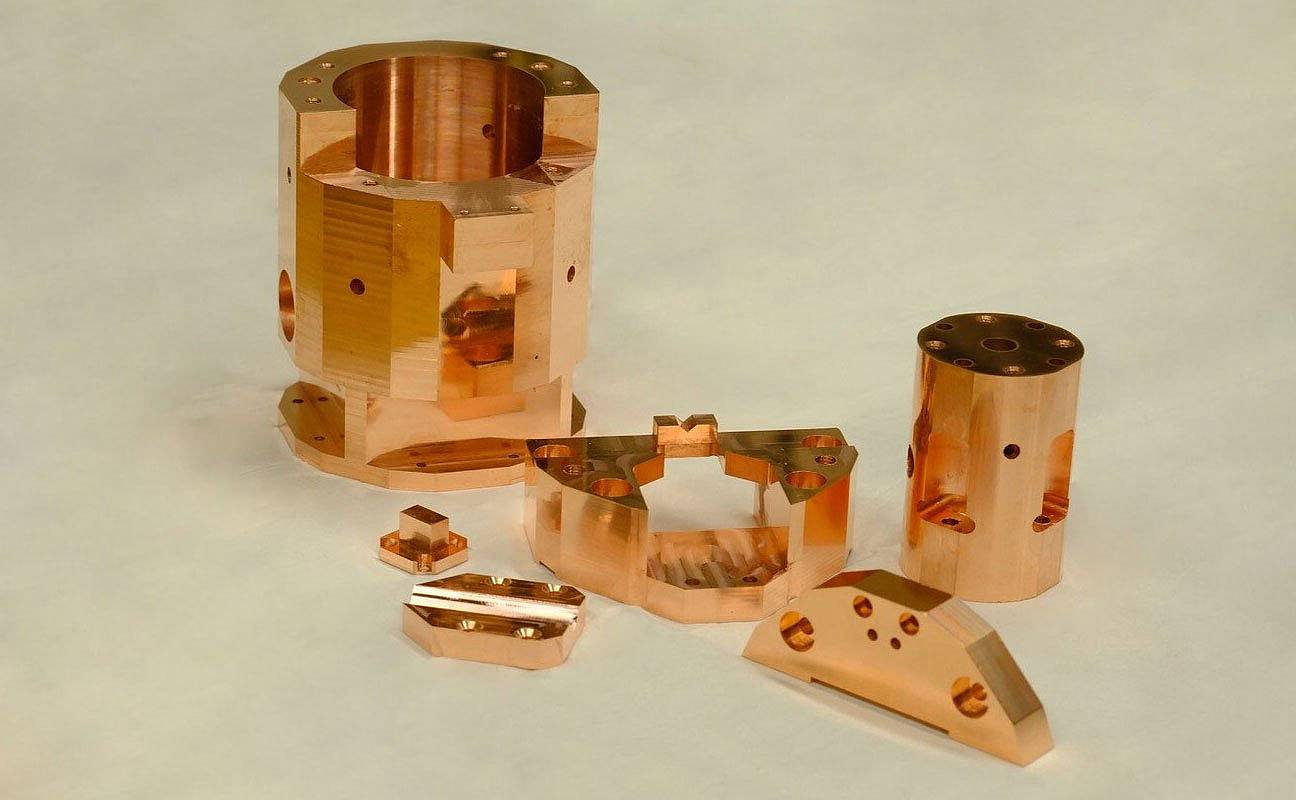
To the team’s surprise, the lathes are used much less. The dozens or hundreds of short, stepped lathe parts are made on the DATRON instead. The team throws down a sheet on DATRON’s adhesive vacuum paper and runs the batch all at once. The second operations and threading are done by flipping the sheet and locating the milled features with the next control’s integrated camera and touch probe. It’s quicker and easier for them to make short-profile parts on a DATRON.
“As an electrochemist, there are always small systems that we need in order to conduct our research, whether that be building a small cell for looking at gas crossover in a membrane or building a lab-scale version of a never before assembled theoretical process for CO2 capture. Using the DATRON, I can very quickly build a prototype that allows me to iterate on the system I am exploring, and build an apparatus that not only helps speed up workflow but also helps with more consistent iterations and overall cleaner data. The DATRON was my first introduction to a CNC mill and CAD in general. I found the system very intuitive, and I especially appreciated all the safety measures in place. This system has allowed me to get more creative and bolder with my systems, letting me probe deeper and isolate parameters of a system more precisely.”
– Olivia Traenkle, Ph.D. Candidate in Electrochemistry
Today, the lab’s most frequent projects include custom armatures for movement studies in human physiology, flow cells for chemistry labs, various adapter plates for microscopy, project boxes for labs, and fixtures for holding and adjusting sensitive research equipment. In January 2022, the team machined acrylic molds with features as small as 200 microns for a lab that hatches zebrafish embryos.
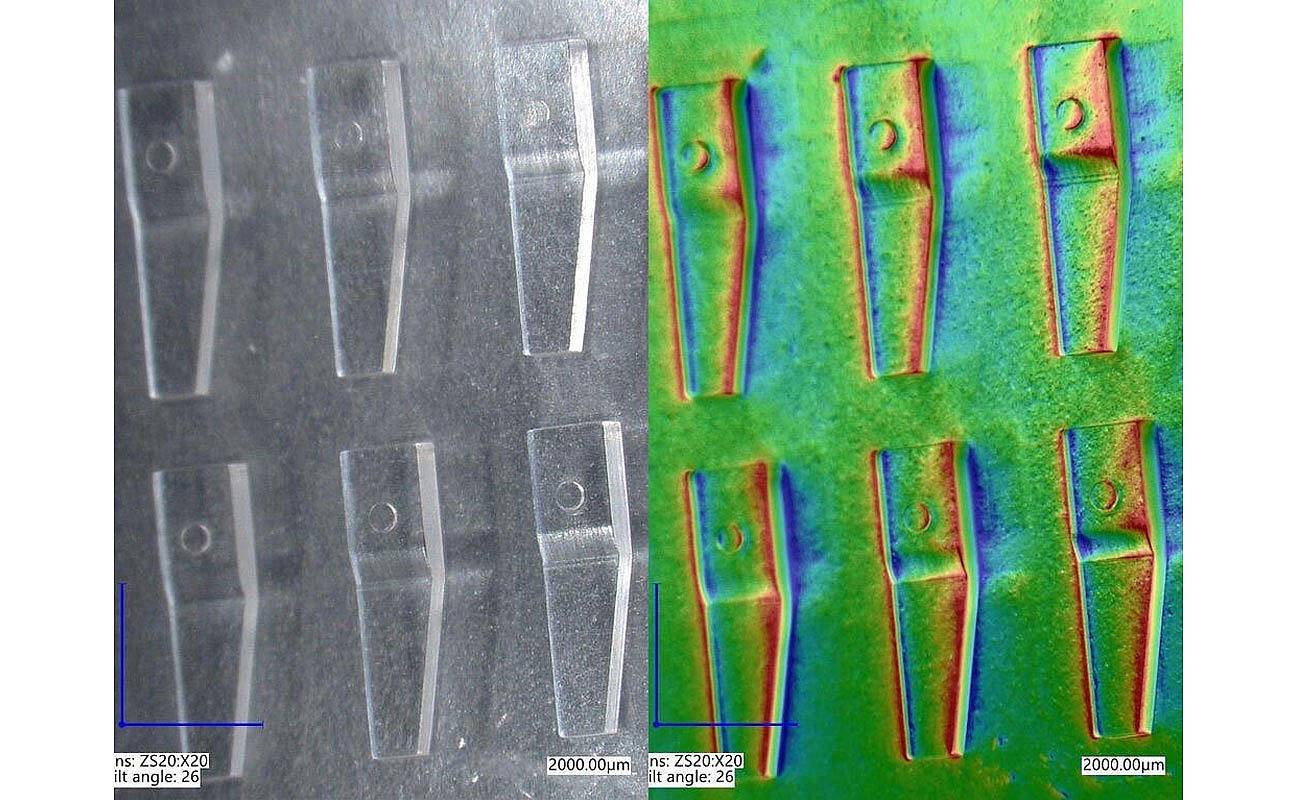
“We have been very impressed with the speed and level of personalized support from the DATRON Dynamics team. Adrian, the Techincal Support Engineer who trained us onsite, always responds the same day or the next when we have questions. If Adrian can’t help us, he quickly lets us know to reach out to their service team. It’s so convenient that the service team can remotely connect to our machine to help resolve issues faster. If there is something we don’t understand in the software, we don’t have to describe it because the service technician is tuned into our machine’s status through the diagnostic report and remote connection.” – Geordi Helmick, TSA Fabrication Lab Manager
Research & Development
The Technical Sciences Administration is the University of Oregon’s advanced manufacturing center, outfitted with 3D Printing and Fabrication labs.
Finding user-friendly CNC milling technology that students can use for scientific research and art projects.




